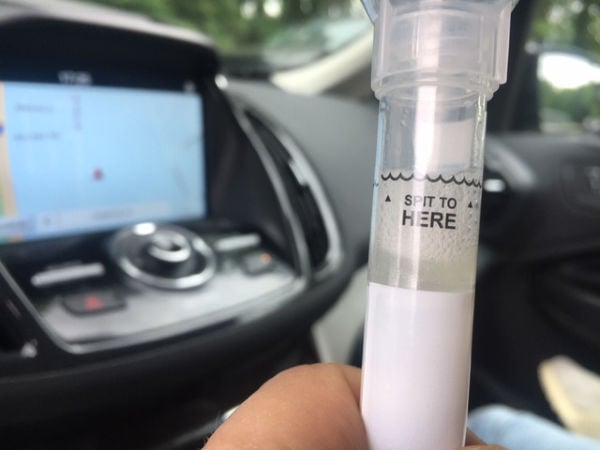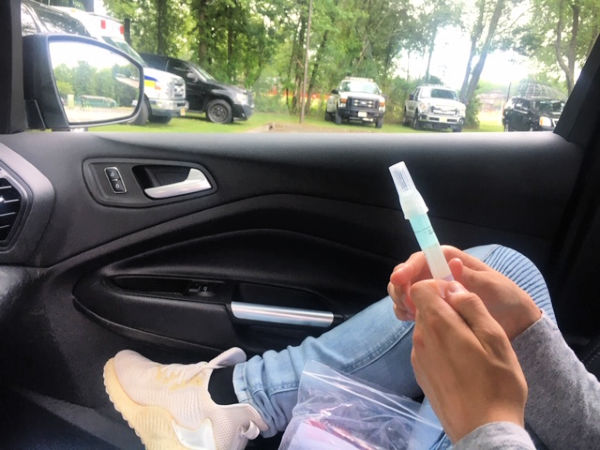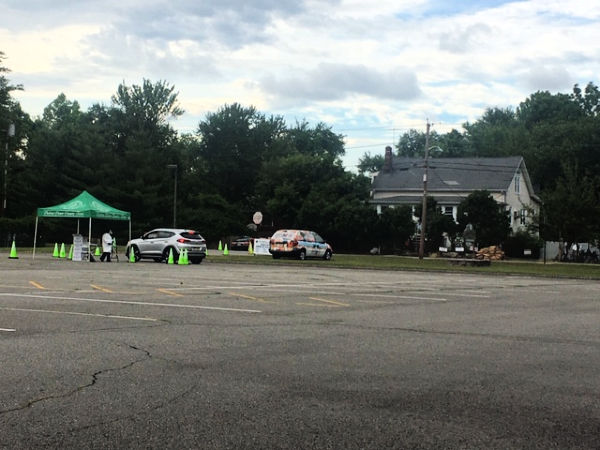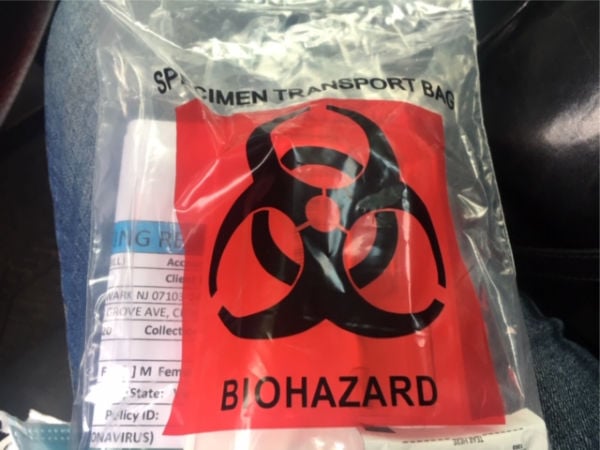Testing! Testing! Testing! From the very beginning of the COVID-19 pandemic, testing has been a conversation across the country. In the beginning, testing was not largely available to the public, and those who wanted testing needed to show proof of contact with the virus to obtain a test. According to a Vox article, the U.S. has just recently hit the bare minimum number of tests per day recommended by public health experts: 500,000. Despite this, only 20 states have met this requirement. A good metric for tracking the virus is the positivity rate, which is the percentage of tests that come back positive for COVID-19. A rate below 5% is a good sign, and as of June 22, 29 states report a positive rate of 5% or less. Other states, especially in the South and West, are reporting positivity rates much higher. Luckily for us in New Jersey, we are under 5%.
Recently, New Jersey has led a campaign to increase testing. According to the state, anyone can get testing regardless of insurance status, as testing is free. To locate a testing site in New Jersey, click here. On the page, you can find a testing site near you and the requirements for receiving a test. (There will be free testing in Verona tomorrow, June 24, at the Verona Pool and more free testing next week at the Verona Community Center.)
Before getting tested, you should know the types of testing available. There are two main categories: diagnostic and antibody. A diagnostic test tests for an active viral infection at the time of testing, and there are two types of diagnostic tests, molecular and antigen tests. A molecular test will test for the virus’s genetic material, whereas an antigen test will test for certain surface proteins on the virus. An antibody test will tell you if you had the coronavirus, and does so by detecting the antibodies your immune system produced in response to the virus. The diagnostic tests can be done through nasal or throat swabs, or through saliva. Antibody tests are done through blood draw or a finger prick. Many molecular diagnostic tests take up to a week for results, whereas antigen diagnostic tests can provide results in less than an hour. Antibody tests deliver results within minutes of the test. Finally, in terms of accuracy, the molecular diagnostic test is by far the most accurate. Positive test results yielded by an antigen test are accurate, while negative results might need to be verified by a molecular test. The antibody test is pretty accurate with a second test needed in some cases.

With all this information, my mother and I decided to get tested. Neither of us had any symptoms and we’ve been largely isolated and masked since mid-March. At first I was reluctant to do so, but I eventually overcame my stubbornness and signed up. Sign up was simple, and all that I was asked to provide was my name and contact information. We took our tests last Wednesday, June 17, at the Fairfield Community Pool. Appointments were date-specific and time-specific. We were told to bring our health insurance card (confused as to why, considering the state’s statement on insurance) and ID, but we were not asked to show either at the nearly empty testing site. Once we checked in, we were given the testing kit, which was a bag with instructions as well as the test apparatus. Our test was a molecular diagnostic test. We had to fill a vial up with saliva (quite a bit of saliva), screw a cap on it until a light blue liquid was dispensed into the vial. The vial then had to be shaken for approximately 5 seconds before it could be placed back in the bag. Finally, we drove the tests to the volunteer at the exit of the parking lot and left. They said getting results would take two to four days, but it is proving to be a bit longer as we have still not gotten ours.

More people are getting tested. On June 1, Essex County had 41,826 negative tests reported and on June 22, Essex County had 70,563 negative tests reported. But positive cases and deaths are still rising. Statewide, there were 160,445 positive cases reported on June 1 and 11,698 deaths. By June 22, there were 169,142 positive cases reported and 12,870 deaths statewide. In Verona, there were 120 cumulative positive cases of COVID-19 on June 1 with 13 cumulative deaths, and that rose to 121 cumulative positive cases on June 22, while the number of deaths stayed the same. According to the Centers for Disease Control, as of June 22, the United States has administered 27,317,035 tests, and approximately 10%–2,720,906–came back positive.
As we continue to re-open the state, remember that we are still in a pandemic. Protect yourselves and others by social distancing and wearing a mask when appropriate. Finally, get tested if you haven’t done so already. As always, we will get through this and will come out stronger than ever!



